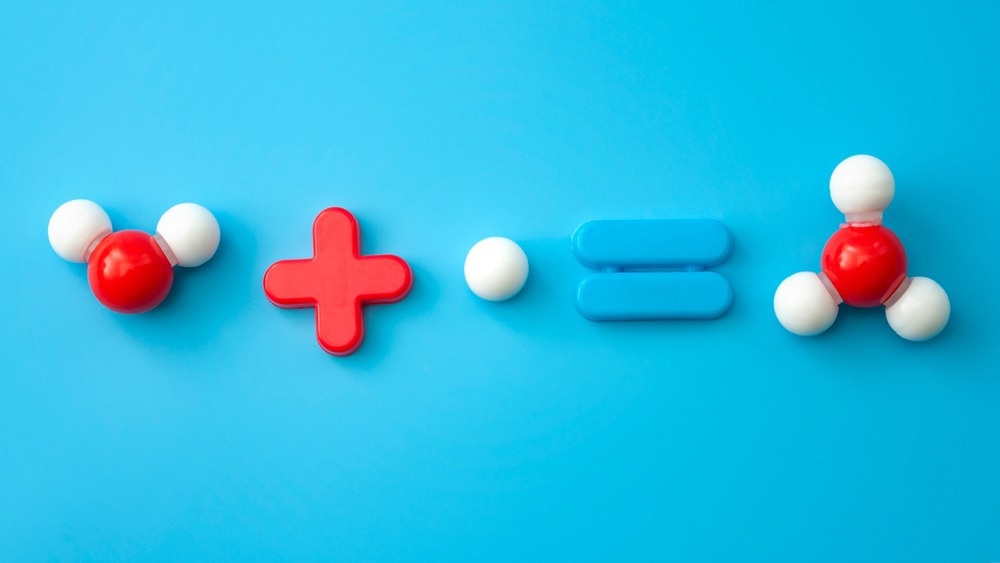 By Surbhi JainReviewed by Susha Cheriyedath, M.Sc.Jul 8 2022
By Surbhi JainReviewed by Susha Cheriyedath, M.Sc.Jul 8 2022In an article recently published in the journal ACS Energy Letters, researchers discussed the development of a stable and ecologically friendly anolyte named dextrosil-viologen for aqueous organic redox flow batteries.

Study: Dextrosil-Viologen: A Robust and Sustainable Anolyte for Aqueous Organic Redox Flow Batteries. Image Credit: Victor Moussa/Shutterstock.com
Background
It is necessary to develop low-cost grid-scale energy storage technologies as more renewable energy sources are incorporated into the electric grid. Lithium-ion batteries have received the most attention so far, although they have limited scalability and short storage times.
Redox flow batteries (RFBs), which contain separated energy and power components that enable easier scalability of extended storage duration devices, are an alternate and promising approach to grid energy storage technology. Despite this benefit, only a small number of experimental grid applications have commercially adopted RFBs. A viable method for using the scalability of energy storage of liquid-state while lowering the cost of materials is the use of aqueous organic redox flow batteries (AORFBs).
However, it is still challenging to create organic redox-active species that are also simultaneously aqueously soluble, high voltage, chemically stable, membrane compatible, and economically viable.
Bis(3-trimethylammonio)propyl viologen tetrachloride (BTMAPVi) has distinguished itself as a promising aqueous anolyte among the profusion of aqueous organic redox species.
About the Study
In this study, the authors discussed the suitability of dextrosil-viologen (Dex-Vi), which is a strong anolyte species that has exhibited exceptional chemical stability, high volumetric capacity, and a record overall RFB performance for anolyte redox species in neutral aqueous conditions. A low-cost precursor and a high-yield hydrothermal synthesis method were offered for this viologen chloride salt.
The team reported the synthesis of a common and inexpensive industrial chemical, 3-chloro-2-hydroxypropyl trimethylammonium chloride, into a robust and sustainable viologen redox species known as bis(3-trimethylammonio-2-hydroxy)propyl viologen tetrachloride (Dex-Vi), which is commonly known as dextrosil. In a neutral aqueous solution, Dex-Vi displayed a formal potential that was comparable to BTMAP-Vi but with greater cycling stability and decreased membrane permeability.
The researchers combined the Dex-Vi with a stable bis(3-trimethylammonio)propyl ferrocene dichloride (BTMAP-Fc) catholyte to increase the stable RFB cycle capability of Dex-Vi at high concentrations of 1.5 M. Dex-Vi was used as an anolyte for enabling AORFBs for practical grid-scale storage and facilitation of integration of the renewable electricity generation technologies because it was produced using a straightforward and efficient synthetic procedure with readily available precursors, which possessed existing bulk-quantity supply chains.
Observations
The cost of mass-producing more than 100,000 metric tonnes of Dex-Vi was estimated to be $39/kg. Given that 2,6-dihydroxy anthraquinone (DHAQ), another prospective aqueous anolyte, had a small-batch cost of $113/Ah, an estimated cost of $300/kg at the size of one metric tonne, and a mass production cost of $3/kg as a two-electron anolyte, was unique. In hydroxide, BTMAP-Vi degraded at a pace that was orders of magnitude faster than Dex-Vi, with a k of 6.9 x 10-5 s-1.M-1/2, under the same circumstances and assuming the same order of reactions.
With permeance of 2.3 x 10-11 cm2.s-1, or an order of magnitude less than the stated value of 6.7 x 10-10 cm2.s-1 for BTMAP-Vi, permeability measurements showed that Dex-Vi was extremely compatible with anion-exchange membranes (AEMs). For the first redox states of Dex-Vi and BTMAP-Vi, respectively, electrochemical impedance spectroscopy (EIS) data showed combined diffusion coefficients of 3.9 x 10-6 and 4.1 x 10-6 cm2.s-1 and standard rate constants, k10, of 5.0 x 10-2 and 8.9 x 10-2 cm.s-1.
Dex-Vi exhibited remarkably steady cycling performance with 40.2 Ah.L-1 theoretical anolyte volumetric capacity at a high concentration of 1.5 M, with no discernible capacity loss during a month of cycling. These findings demonstrated that the characteristics of organic redox species could be improved with tiny performance trade-offs through logical structural and synthetic design, which established a new benchmark organic anolyte species that could be promising for real-world RFB applications.
Conclusions
In conclusion, this study outlined a straightforward synthetic process for creating the Dex-Vi viologen derivative. In comparison to BTMAPVi, Dex-hydroxyl Vi's moieties offered better membrane compatibility and chemical durability while having no impact on redox potential and electrochemical kinetics. Furthermore, it was shown that Dex-Vi at high concentration had significantly better cycle stability than BTMAP-Vi. Dex-Vi could act as a new standard aqueous anolyte to pair with AEMs in neutral pH RFBs due to its incredibly low cost and outstanding performance.
The authors believe that this study can open the door for the continued development of commercially viable neutral pH AORFBs at a grid level.
Disclaimer: The views expressed here are those of the author expressed in their private capacity and do not necessarily represent the views of AZoM.com Limited T/A AZoNetwork the owner and operator of this website. This disclaimer forms part of the Terms and conditions of use of this website.
Sources:
Lv, X-L., Sullivan, P., Fu, H-C., et al. Dextrosil-Viologen: A Robust and Sustainable Anolyte for Aqueous Organic Redox Flow Batteries. ACS Energy Letters 2428-2434 (2022).
pubs.acs.org/